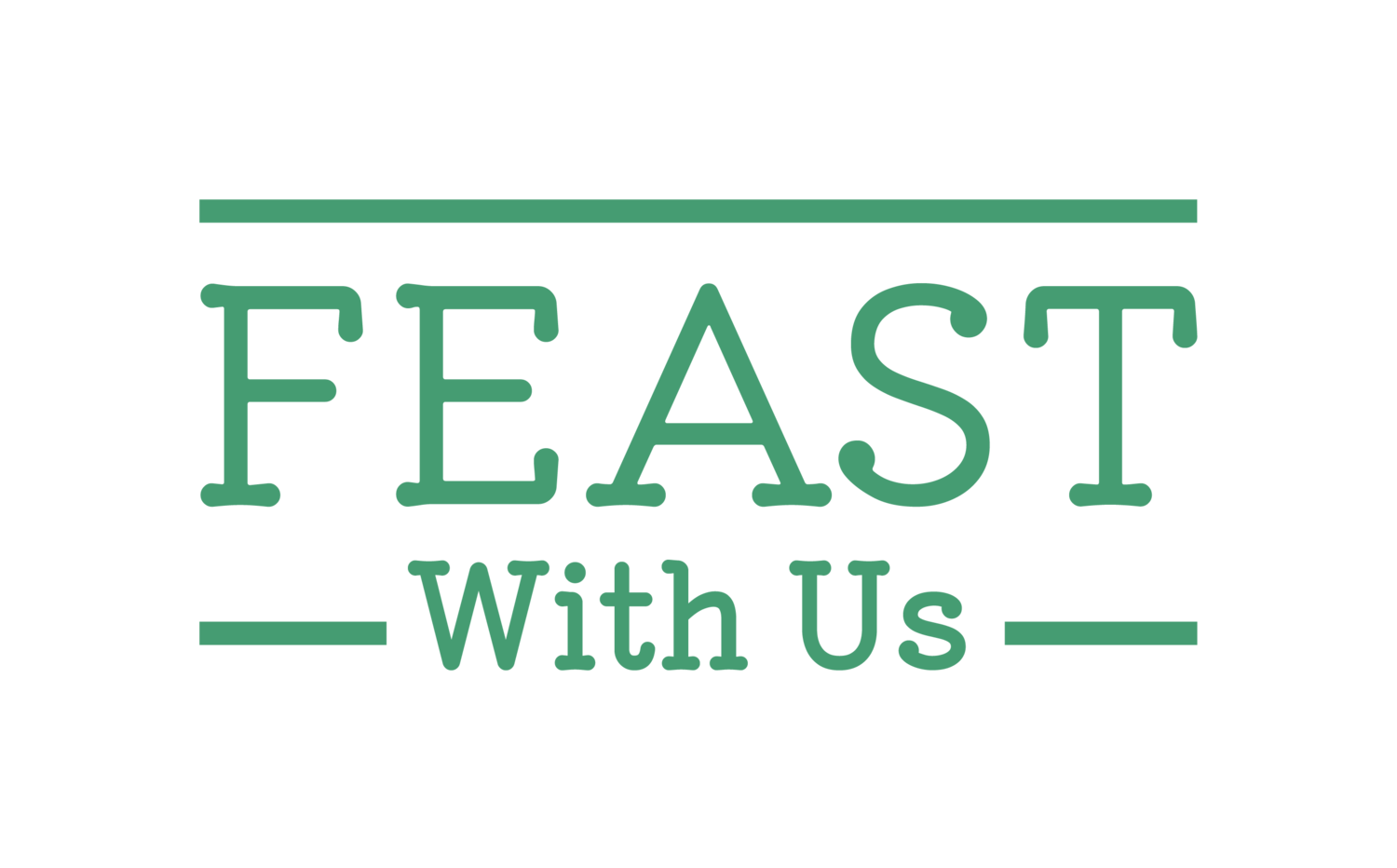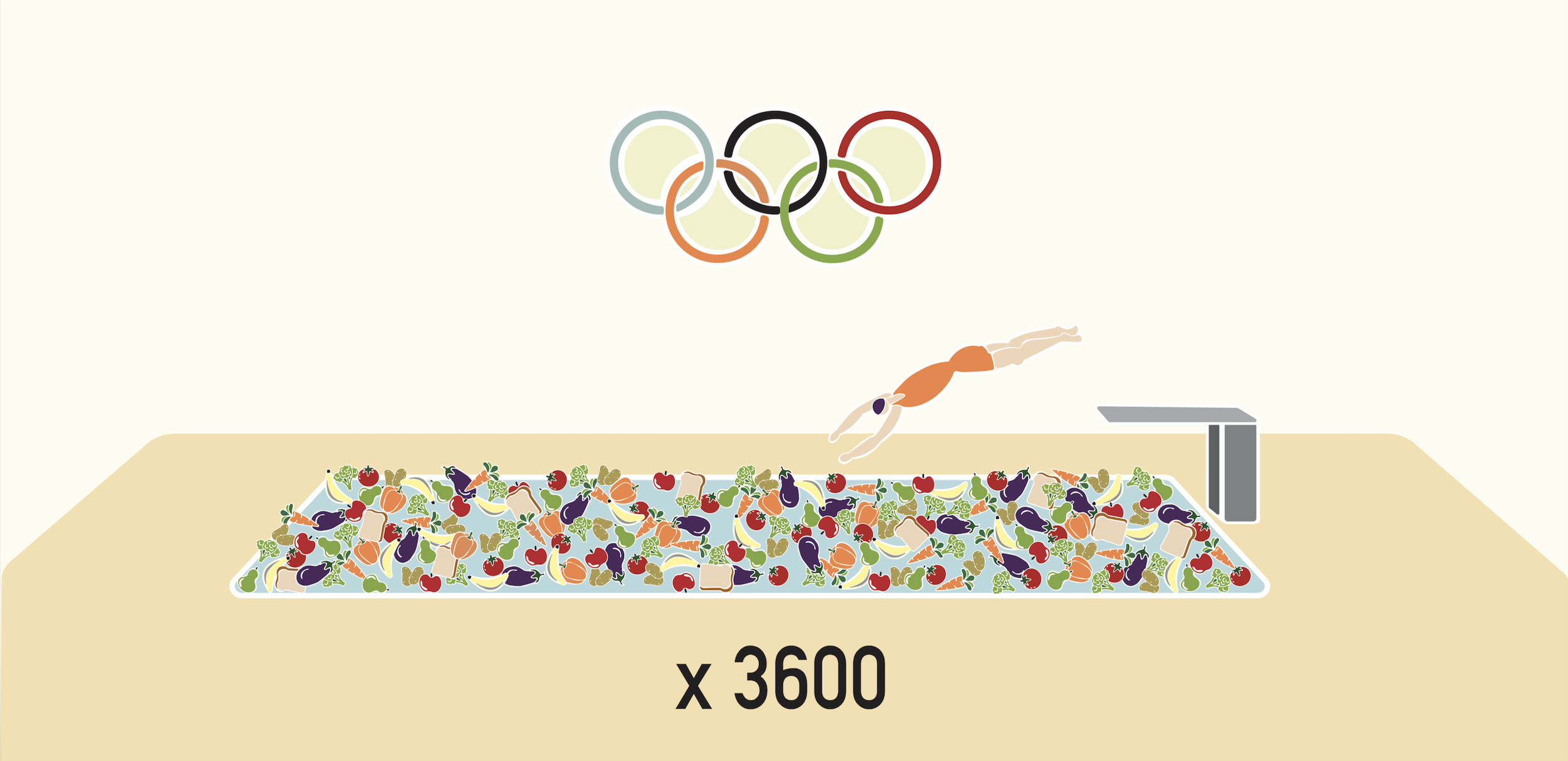1.1. What is Food Loss and Food Waste?
Every year, around 1/3 of all the food that is produced around the world is either lost or wasted, from production to consumption, never reaching people’s plates.
What do we mean when we talk about food being lost and food being wasted? What is the difference?
Food Loss: is the decrease in the quantity or quality of food, resulting from decisions and actions by food suppliers.
Food Waste: is the decrease in the quantity or quality of food, resulting from decisions and actions by retailers, foodservice businesses and consumers.
Food loss and food waste happen at many different stages along the supply chain. Watch the video below to see where they occur.
In the UK, over 9.5 million tonnes of food become waste every year. This food waste comes from households, retailers, food manufacturing and the hospitality industry. The pie chart below shows the results of research from the Waste and Resources Action Programme (WRAP) on food waste in the UK. These results highlight the difference in the amount of food waste generated between these four different sources.
Sources of Food Waste in the UK
The biggest culprits behind food waste are households, who account for around 70% in the UK. If we put this in perspective, this means that in 2018, UK households threw away enough food to fill an Olympic swimming pool 3,600 times!
How We Dispose of Food Waste in the UK
All of this waste that we produce has to be disposed of in some way. There are four methods for disposing of food waste:
In landfill.
Incinerated to generate energy.
Recycled through anaerobic digestion.
Recycled through composting.
Sending food to landfill is a leading cause of climate change as, when it breaks down, methane - a greenhouse gas more powerful than carbon dioxide - is released into the atmosphere.
Although incinerating food waste to get energy enables us to power some of our homes, the high temperatures needed to burn the food waste requires the use of fossil fuels and, ultimately, this still releases greenhouse gases into the atmosphere.
Anaerobic digestion is a process where bacteria break down food and other organic materials to produce biogas and digestate, in the absence of any oxygen. Biogas is a mixture of primarily methane and carbon dioxide gases which are captured so that they can be used as an energy source and are not released directly into the atmosphere. By being produced through this process, biogas is commonly referred to as a renewable energy source. The other product from this process is digestate, a wet mixture that is nutrient-rich and is used as a fertiliser on the land.
Composting is another natural process where food is broken down by bacteria into a nutrient-rich compost and liquid plant feed, in the presence of plenty of oxygen. Composting can be done at home or on a large scale at industrial sites. Home composting is often considered to be the most environmentally friendly way of dealing with food waste as it reduces the need for multiple collections provided by a waste carrier and the products can be used at home on plants and in the garden.
While those with small or no outdoor space will struggle to compost conventionally, there are other composting methods such as worm farms or Bokashi composters that are suitable for small spaces.


